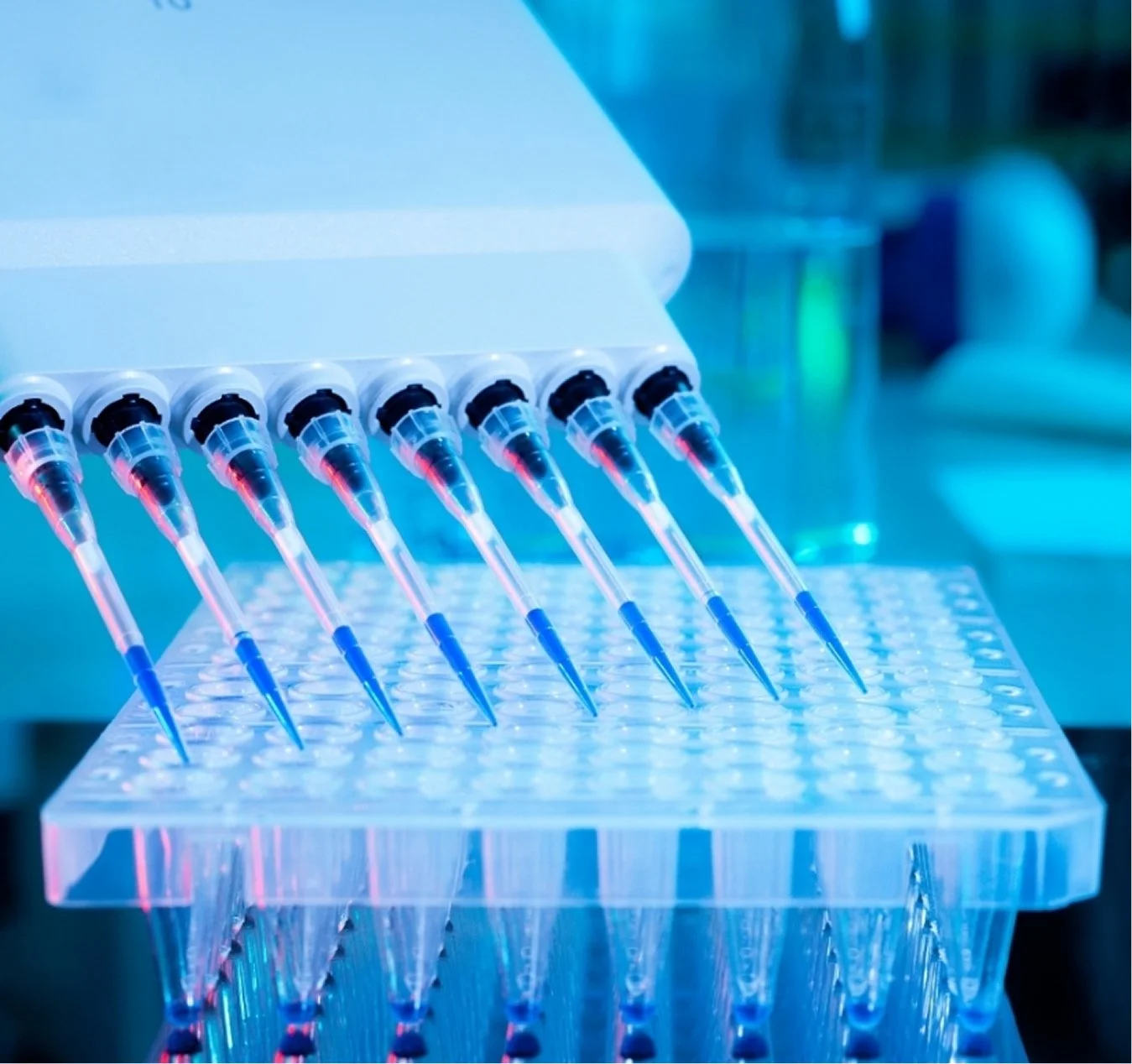 Image 1 of 1
Image 1 of 1


Mouse STC2 Elisa Kit
SIZE
96 wells/kit
INTRODUCTION
Stanniocalcin 2 (STC2) is a glycosylated, disulfide-linked, homodimeric hormone initially identified in the corpus of stannous--a small endocrine organ of bony fish . In mammals, STC2 is widely expressed in different tissues as well as in tumor cells. STC2 has been implicated in diverse biological processes, including calcium and phosphate regulation, cytoprotection, cell development, and angiogenesis , and is a potential prognostic marker for variety of cancers . STC2 overexpression in MC3T3 cells facilitated osteoblast differentiation and mineralization through regulation of ERK1/2 phosphorylation, suggesting its involvement in bone metabolism . Additionally, STC2 has been shown to attenuate ovarian progesterone biosynthesis via PKA pathway, accompanied with the inhibition of follicle-stimulating hormone (FSH)-induced Cyp1a1 and 3β-hydroxysteroid dehydrogenase expression. Furthermore, STC2 is a potential metabolic hormone involved in regulation of glucose homeostasis. In both brown adipose tissue and liver of mice, STC2 expression is induced by fasting, and treatment with recombinant STC2 increases glycogen levels in the fasting state, and exerts opposite effects on gluconeogenesis in rat hepatocytes in the fasting and fed states.
PRINCIPLE OF THE ASSAY
This assay is a quantitative sandwich enzyme-linked immunosorbent assay (ELISA). The microtiter plate is precoated with affinity purified polyclonal antibody against mouse STC2. Standards and samples are pipetted into the wells and any mouse STC2 present is bound by the immobilized antibody. After washing away any unbound substances, a biotin-labelled polyclonal antibody against mouse STC2 is added to the wells. After washing step to remove any unbound reagents, streptavidin-horseradish peroxidase (STP-HRP) conjugate is added. After the last wash step, an HRP substrate solution 3,3′,5,5′-Tetramethylbenzidine (TMB) is added, and color develops in proportion to the amount of mouse STC2 bound initially. Color reaction is stopped by 2M H2SO4 and the optical density of the wells are determined using a microtiter plate reader at 450nm. Since the increases in absorbance are directly proportional to the amount of captured mouse STC2, the unknown sample concentration can be calculated from the standard curve included in each assay.
SIZE
96 wells/kit
INTRODUCTION
Stanniocalcin 2 (STC2) is a glycosylated, disulfide-linked, homodimeric hormone initially identified in the corpus of stannous--a small endocrine organ of bony fish . In mammals, STC2 is widely expressed in different tissues as well as in tumor cells. STC2 has been implicated in diverse biological processes, including calcium and phosphate regulation, cytoprotection, cell development, and angiogenesis , and is a potential prognostic marker for variety of cancers . STC2 overexpression in MC3T3 cells facilitated osteoblast differentiation and mineralization through regulation of ERK1/2 phosphorylation, suggesting its involvement in bone metabolism . Additionally, STC2 has been shown to attenuate ovarian progesterone biosynthesis via PKA pathway, accompanied with the inhibition of follicle-stimulating hormone (FSH)-induced Cyp1a1 and 3β-hydroxysteroid dehydrogenase expression. Furthermore, STC2 is a potential metabolic hormone involved in regulation of glucose homeostasis. In both brown adipose tissue and liver of mice, STC2 expression is induced by fasting, and treatment with recombinant STC2 increases glycogen levels in the fasting state, and exerts opposite effects on gluconeogenesis in rat hepatocytes in the fasting and fed states.
PRINCIPLE OF THE ASSAY
This assay is a quantitative sandwich enzyme-linked immunosorbent assay (ELISA). The microtiter plate is precoated with affinity purified polyclonal antibody against mouse STC2. Standards and samples are pipetted into the wells and any mouse STC2 present is bound by the immobilized antibody. After washing away any unbound substances, a biotin-labelled polyclonal antibody against mouse STC2 is added to the wells. After washing step to remove any unbound reagents, streptavidin-horseradish peroxidase (STP-HRP) conjugate is added. After the last wash step, an HRP substrate solution 3,3′,5,5′-Tetramethylbenzidine (TMB) is added, and color develops in proportion to the amount of mouse STC2 bound initially. Color reaction is stopped by 2M H2SO4 and the optical density of the wells are determined using a microtiter plate reader at 450nm. Since the increases in absorbance are directly proportional to the amount of captured mouse STC2, the unknown sample concentration can be calculated from the standard curve included in each assay.


